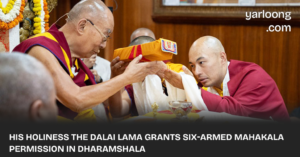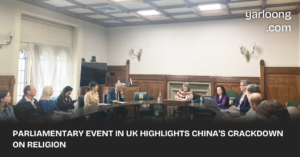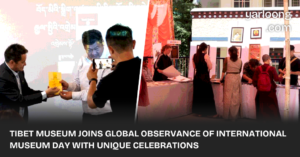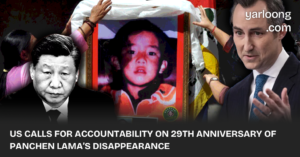
In Tibet‘s Derge County, a peaceful protest by Tibetan monks and locals from Wonpoto township against a planned hydropower station and forced relocation has led to numerous arrests. The protest, aimed at opposing the construction of the Kamtok Hydropower station on the Drichu River and the consequent displacement of communities and monasteries, turned tense as police intervened, resulting in some protesters being hospitalized.
Uzra Zeya, the U.S. Special Coordinator for Tibetan Issues, expressed concern over the arrests and the suppression of peaceful protests. Through a post on social media platform X, Zeya highlighted the importance of the monasteries and cultural sites threatened by the project and called on China to respect human rights and freedom of expression.
“These centuries-old monasteries are home to hundreds of Tibetan Buddhist monks and contain irreplaceable cultural relics,” Zeya stated, emphasizing the U.S.’s support for the preservation of Tibetan cultural and religious identity.
Deeply concerned by reports of the PRC’s mass arrests of Tibetans protesting construction of a dam that threatens displacement of villages & destruction of monasteries. 🇨🇳 must respect human rights & freedom of expression and include Tibetans in the development & implementation…
— Under Secretary Uzra Zeya (@UnderSecStateJ) February 25, 2024
The protests, which took place on February 21 and 22, saw residents and monks pleading with officials to reconsider the relocation orders that would affect six monasteries and two villages. The response from authorities was swift and harsh, with police beating demonstrators and detaining many for interrogation.
ALSO READ: Tibetans Face Harsh Treatment After Dam Protest in Dege County
The area now faces strict movement restrictions, and social media footage from Tibet shows the distressing scenes of Tibetans kneeling before officials, being beaten, and some monks losing consciousness in distress.
The Kamtok Hydropower station, being constructed by the Chinese New Water Powerhouse company, is expected to lead to the destruction of local villages and six major monasteries, including the historically significant Wonto and Yena monasteries. These monasteries, dating back centuries, are vital for their sacred heritages and Buddhist murals discovered in 2018, some of which date to the 14th and 15th centuries.
This incident highlights the ongoing tensions in Tibet over cultural preservation and the rights of local communities versus development projects. The international community, led by voices like Uzra Zeya, continues to call for a respectful dialogue and the protection of Tibetan heritage and human rights.






